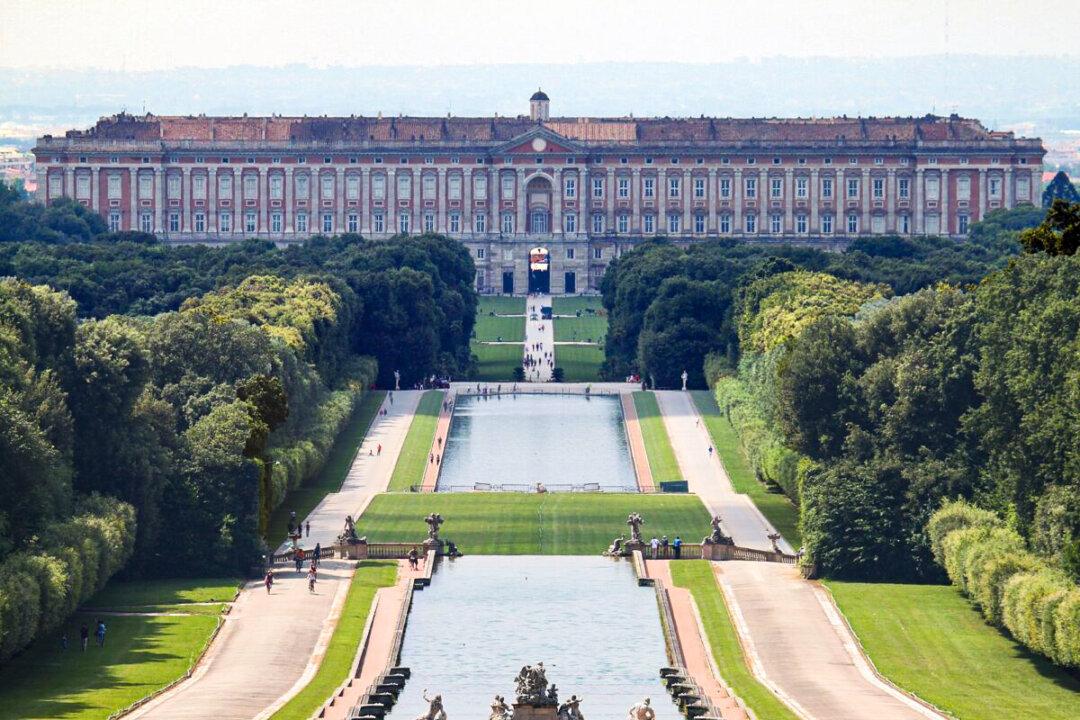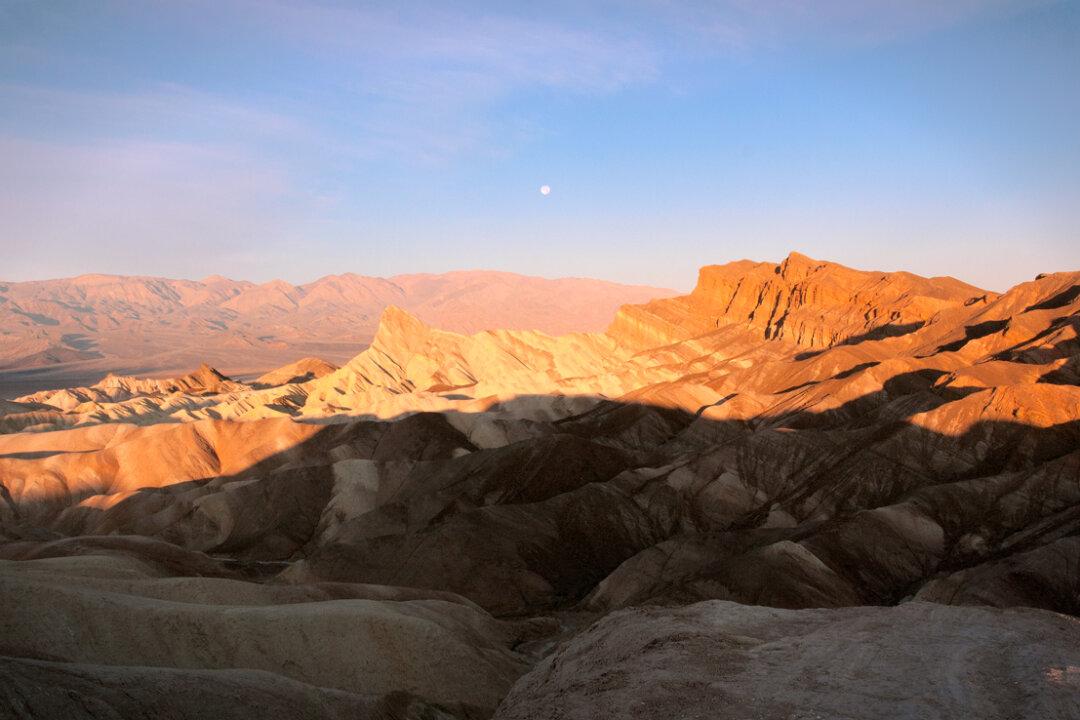Standing five stories tall with an incredible 1,200 rooms, Reggia di Caserta, or the Royal Palace of Caserta, is the largest royal palace in the world by volume. Honored as a UNESCO World Heritage site in 1997, the palace was called “the swan song of the spectacular art of the Baroque” as part of its confirmation.
A highlight of Italian Baroque architecture, the otherworldly interiors of the palace were utilized in two “Star Wars” films. The immensely sprawling property encompasses 300 acres with the palace’s floor area making up over a half-million square feet.





